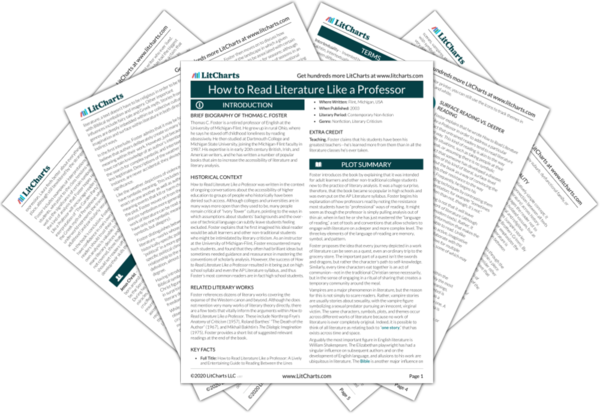One of the authors most associated with sexuality is D.H. Lawrence, whose novel
Lady Chatterley’s Lover (1928) was famously banned for obscenity. However, Foster argues that Lawrence’s “sexiest scene” does not come from that novel, but is in fact a homoerotic wrestling scene between two men in
Women in Love. Foster also cites a scene from Lawrence’s story “The Rocking-Horse Winner” (1932), which he claims features a little boy describing masturbation. Although this reading can provoke suspicion from students, Foster argues that—as a member of the first generation to read Freud—it is not surprising that Lawrence would have written about Oedipal masturbatory desire.
